Ho Chi Minh Trail: The Ho Chi Minh Trail was a network of roads that ran through eastern Laos and Cambodia from North Vietnam to South Vietnam and was used by the North Vietnamese army for the transportation of troops and supplies. The trail initially used existing footpaths through this sparsely populated, mountainous dense jungle region to move troops to battlefields in South Vietnam. However, the success of the U.S. naval interdiction forced the North Vietnamese to include transportation of supplies as well as troops along these routes, necessitating the upgrade of the trail.
In an attempt to stifle flow of supplies through Laos and Cambodia along the Ho Chi Minh Trail, the U.S. turned to aerial bombardment. More bombs were dropped in Laos during the Vietnam War than were dropped in all of World War II by both sides combined. Frequent dense fog, smoke from the slash and burn practices of Lao natives, dense jungle vegetation, the vast number of routes making up the trail, and the official neutrality of Laos in the Vietnam conflict hampered their efforts. Although the North Vietnamese use of the Ho Chi Minh Trail was disrupted by the South Vietnamese and U.S. interdiction, they were still able to get ample supplies to their forces in South Vietnam, using rivers in the region to float much of it along part of the trip.
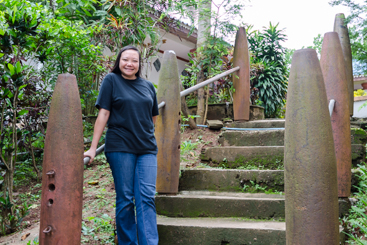
Eastern Savannakhet Province bore the brunt of the U.S. bombing effort and much unexploded ordinance (UXO) still exists there today. Several programs are active in the country to clear these areas of UXO, but local villagers are still injured by accidentally triggering bombs while clearing new farmland. While most of the shells are eventually melting down as scrap metal, some have been used for decorative purposes, such as in the railings at the hotel Peep and I stayed in, or even as canoes by some of the villagers in the region.
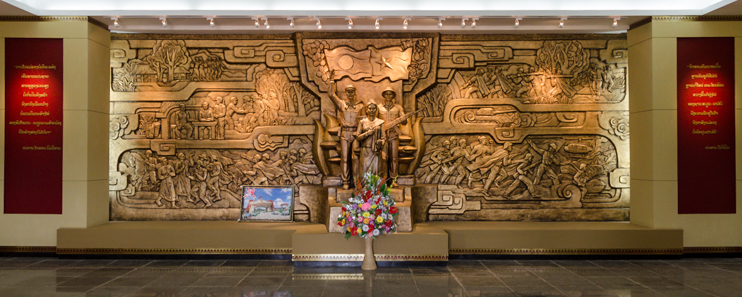
Lao-Viet Museum: This war museum was opened in 2011 to commemorate the battle at Ban Dong during the Vietnam War. This battle, known as Operation Lam Son 719 by the South Vietnamese, occurred in February and March of 1971. On February 8, South Vietnamese forces entered Laos and on February 12 took over the Ban Dong region after meeting little resistance. From there, they planned to push further into Laos and capture Sepon, effectively cutting off a major transportation route of the North Vietnamese forces.
However, on March 18 the North Vietnamese and Pathet Lao forces counterattacked with armor and anti-aircraft artillery, first cutting off the South Vietnamese forces and then overrunning them. The defeat of the South Vietnamese at Ban Dong is considered one of the major turning points in the Vietnam War.
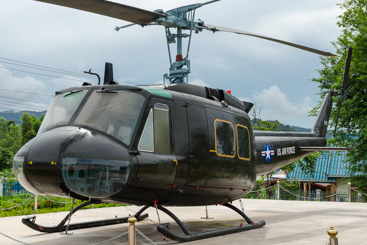
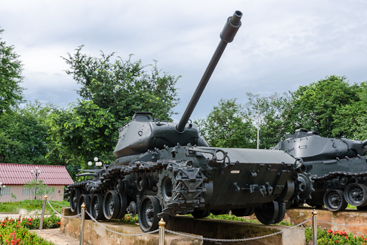
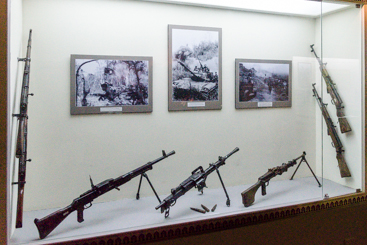
On display outside the museum are helicopters, tanks, transport vehicles, anti-aircraft guns, and war plane wreckage. The walls of the interior of the museum are clad with numerous war-time photos. Small arms and various war relics are also on display, as well as a mock-up of one of the field command tents used during the war.
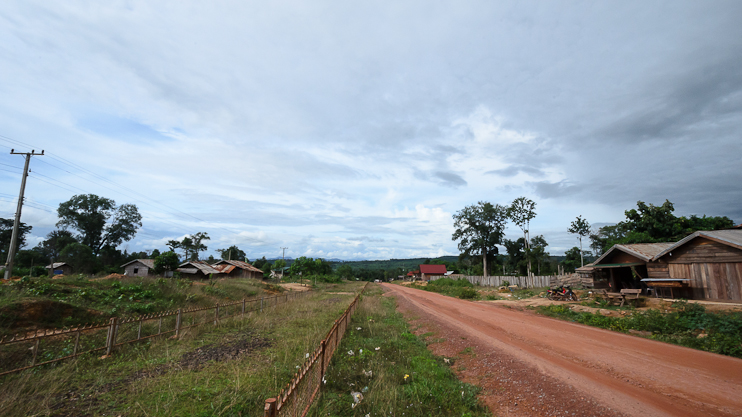
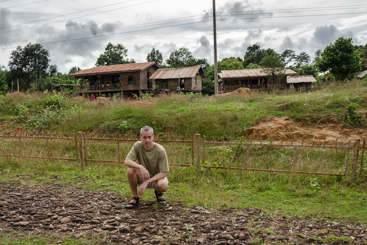
Ho Chi Minh Trail Remnant: Much of the trail is still used today and some of it has been upgraded to modern roads. However, not far from the Lao-Viet Museum is a 2 kilometer (1.25 mile) stretch of the wartime trail that has been preserved and is available for visitation.

